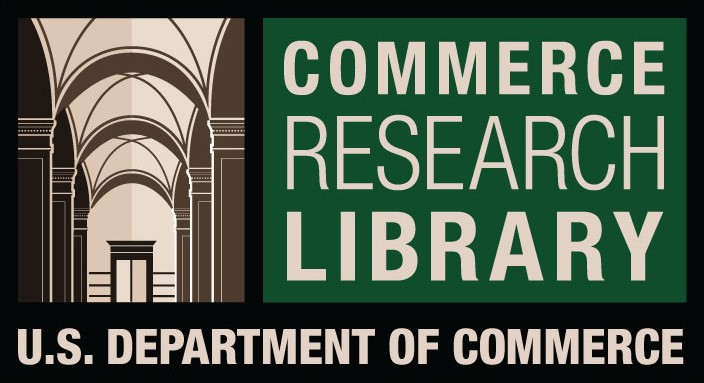SMART ANTENNA BEAMFORMING FOR 5G MOBILE APPLICATIONS
DOI:
https://doi.org/10.61841/c8025677Keywords:
Beamform, mobile applications, 5G, Smart antenna systemsAbstract
An elite 5G millimeter wave staged radio wire exhibit for mobile application is proposed. The proposed radio wire cluster depends on dipole radio wire with two opening gaps. It is indicated that contrasted with past structures our reception apparatus cluster configuration has great radio wire execution regarding reception apparatus addition and checking property inside the whole recurrence run. Also, the example can be directed at various wanted points by clearing the recurrence,[1] like a broken wave receiving wire. The straightforwardness of the structure makes it appropriate for 5G interchanges. The latest receiving wire exhibit advancements, for example, shrewd radio wire frameworks (SAS) and huge various information numerous yield (MIMO) frameworks are giving a solid expanding sway comparative with 5G remote correspondence frameworks because of advantages that they could present as far as execution upgrades as for omnidirectional reception apparatuses. Albeit a significant number of hypothetical recommendations as of now exist in this field, the most widely recognized utilized system test systems don't actualize the most recent remote system models and, thus, they don't offer the likelihood to imitate situations where SAS or huge MIMO frameworks are utilized. This angle vigorously influences the nature of the system execution examination with respect to the cutting edge remote correspondence frameworks.[2] To beat this issue, it is conceivable, for instance, to expand the default highlights offered by one of the most utilized system test systems, for example, Omnet++ which gives an extremely complete suite of system conventions and examples that can be adjusted so as to help the most recent radio wire cluster frameworks. The fundamental objective of the present section is to show the upgrades achieved in this field permitting to improve the essential functionalities of the Omnet++ test system by actualizing the most current receiving wire exhibit innovations.
Downloads
Published
Issue
Section
License

This work is licensed under a Creative Commons Attribution 4.0 International License.
You are free to:
- Share — copy and redistribute the material in any medium or format for any purpose, even commercially.
- Adapt — remix, transform, and build upon the material for any purpose, even commercially.
- The licensor cannot revoke these freedoms as long as you follow the license terms.
Under the following terms:
- Attribution — You must give appropriate credit , provide a link to the license, and indicate if changes were made . You may do so in any reasonable manner, but not in any way that suggests the licensor endorses you or your use.
- No additional restrictions — You may not apply legal terms or technological measures that legally restrict others from doing anything the license permits.
Notices:
You do not have to comply with the license for elements of the material in the public domain or where your use is permitted by an applicable exception or limitation .
No warranties are given. The license may not give you all of the permissions necessary for your intended use. For example, other rights such as publicity, privacy, or moral rights may limit how you use the material.









